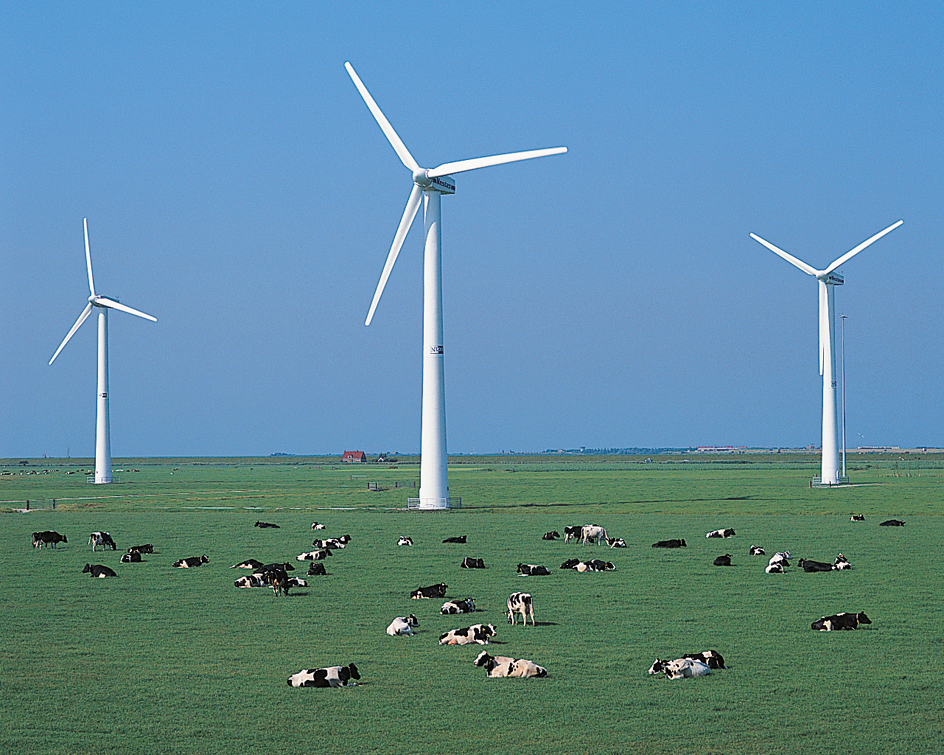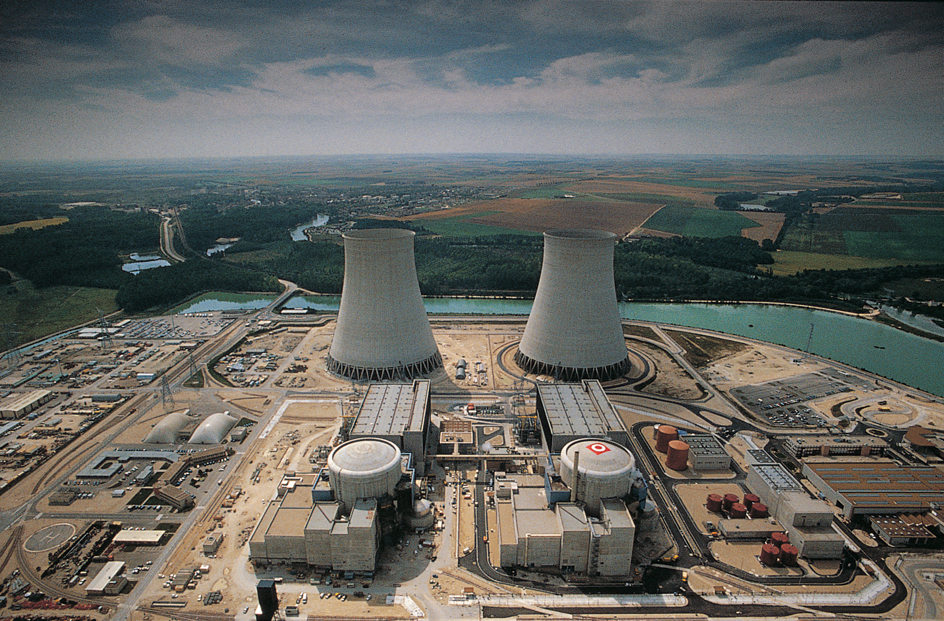Alternative energy is energy from sources other than traditional fossil fuel sources. Fossil fuels include coal, natural gas, and petroleum. Common alternative energy technologies include solar cells, wind turbines, and nuclear reactors. Alternative energy can provide advantages over the use of traditional energy sources. For example, coal and petroleum cause large amounts of environmental pollution. Using the sun, wind, and other alternative energy sources can significantly reduce pollution. Some other examples of alternative energy technologies include hydroelectric , tidal , biomass (biological materials), and geothermal technologies.
The first law of thermodynamics states that energy cannot be created or destroyed. Instead, energy is converted from one form into another. An energy system is a system that performs this conversion. An energy system consists of three parts. They are the primary energy source, the energy conversion device, and the secondary energy source. The primary energy source is found in nature. Wind, sunlight, and coal are all examples of primary energy sources. Humans invented energy conversion devices to be able to make use of primary energy sources. Examples of energy conversion devices include wind turbines, solar panels, and internal combustion engines. The output of an energy conversion device is energy in a form that is more readily useful to people. This output is called a secondary energy source, or an energy carrier. Examples of secondary energy sources include electricity, mechanical work, and heat.

Renewable energy is one class of alternative energy. A renewable energy system is one that uses a primary source that can be replenished at about the same rate at which it is used. Most alternative energy systems are renewable. For example, biomass sources, such as animal manure and wood, can be fully replenished if they are managed properly. Nuclear energy, however, is a nonrenewable alternative energy source. Nuclear reactors produce energy using uranium, which is a finite (limited) resource.

Another classification of alternative energy is sustainable energy. A sustainable energy system is one that can continue to be used over the long term without exhausting resources, damaging the environment, or harming people. There is much overlap between the renewable and sustainable energy categories, but they are not the same. In some cases, renewable energy can be harvested in a way that is not sustainable. For example, ethanol is a renewable fuel that can be made from corn. However, if people harm the environment by clear-cutting a rain forest in order to make space for the corn field, then it is not a sustainable system. A wind farm is not sustainable if it is constructed in the migratory path of birds. Thousands of birds and bats die every year when they accidentally collide with the blades of wind turbines. The sustainability of an energy system is measured by many standards, including the economic cost to operate it over its lifetime, its safety, and its environmental impact. Designers and engineers must take these considerations into account when creating sustainable energy systems.
